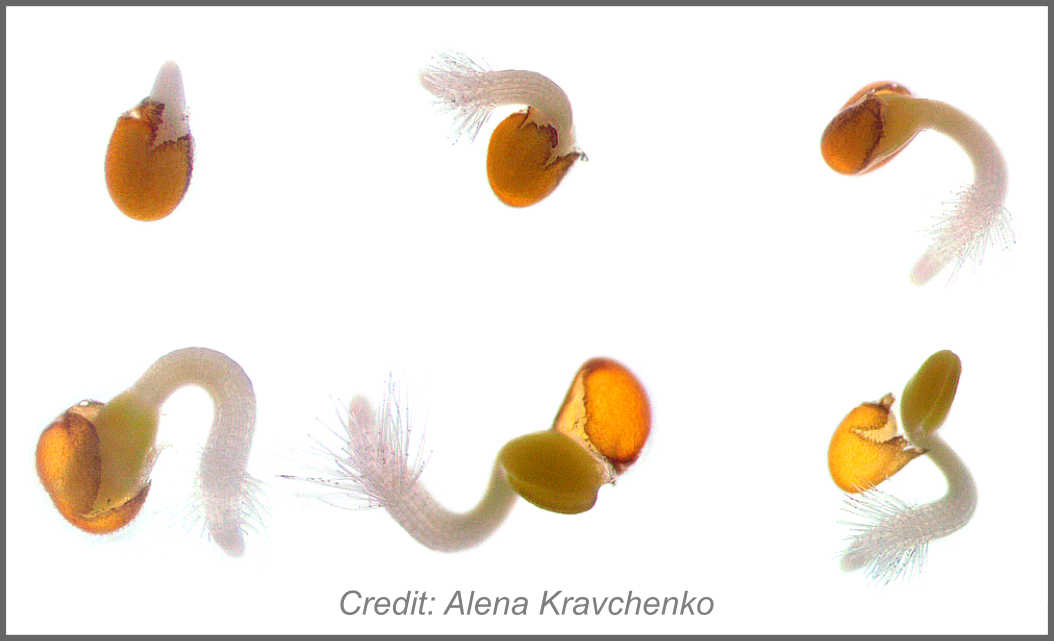
Statistical time-to-event analysis of seed germination data
James N. McNair1, Anusha Sunkara2, and Daniel Frobish2
1Annis Water Resources Institute, 2Department of Statistics, Grand Valley State University
Overview
Seed germination experiments are commonly conducted in agriculture, seed technology, and various biological disciplines, such as seed physiology and ecology, conservation biology, invasion ecology, and restoration ecology. Numerous methods of analyzing the resulting data have been proposed, including intuition-based germination indexes, nonlinear regression analysis, and time-to-event analysis (also known as survival analysis, failure-time analysis, and reliability analysis), with germination indexes and nonlinear regression analysis often being applied in conjunction with analysis variance to compare different treatment groups. In this paper (available here), we briefly review these alternative approaches and argue that time-to-event analysis has important advantages over the other approaches but has been underutilized to date. We also review the main observation schemes used in time-to-event experiments (periodic versus continuous) and the different data types that result (interval versus exact). We then review in detail the statistical methods of time-to-event analysis that are most useful in analyzing seed germination data with standard statistical software. These include non-parametric methods (life-table and Kaplan-Meier estimators, and various methods for comparing two or more groups of seeds) and semi-parametric methods (Cox proportional hazards model, which permits inclusion of categorical and quantitative covariates, and fixed and random effects). Each method is illustrated by applying it to a set of real germination data. Sample code for conducting these analyses with two standard statistical programs (R and SAS) is provided in supplementary material available here. In addition to seed germination data, the methods of time-to-event analysis we review can also be applied to many other types of biological data, such as seedling emergence times, flowering times, development times of eggs or embryos, and organism lifetimes.
Reference
McNair, J. N., Sunkara, A., and Frobish, D. 2012. How to analyse seed germination data using statistical time-to-event analysis: non-parametric and semi-parametric methods. Seed Science Research 22: 77-95.
